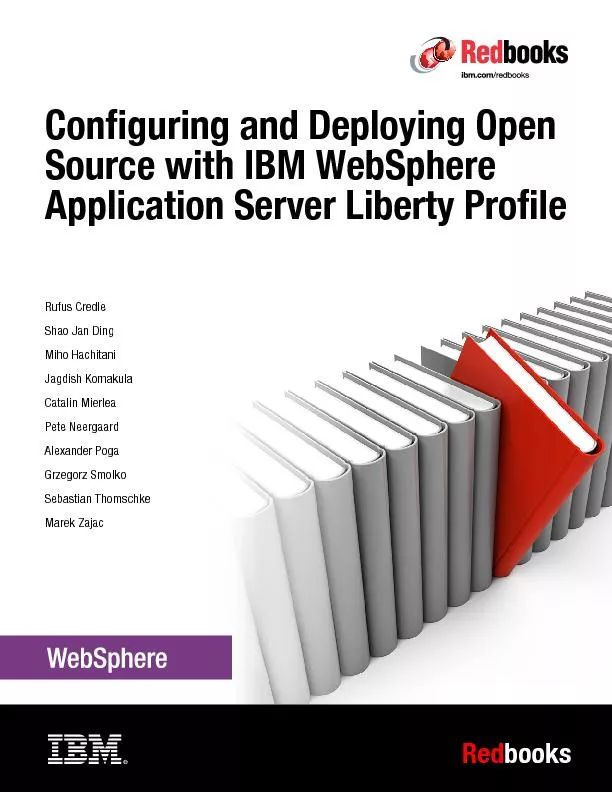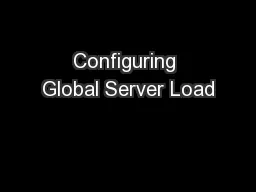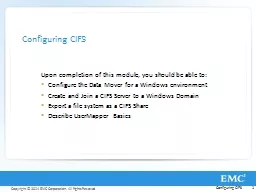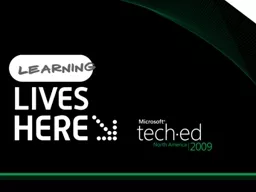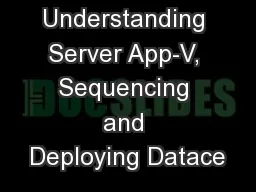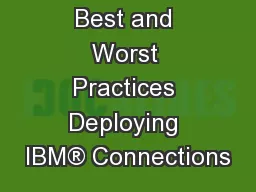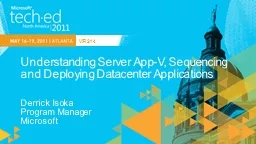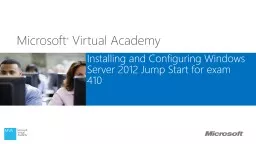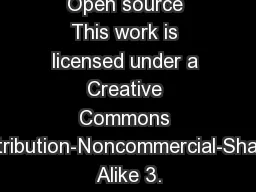PDF-Configuring and deploying open source with IBM web sphere Application Server Liberty Profile
Author : ellena-manuel | Published Date : 2017-04-06
Red Front cover International Technical Support Organization Configuring and Deploying Open Source with IBM WebSphere Application Server Liberty ProfileJuly 2015 SG24819401
Presentation Embed Code
Download Presentation
Download Presentation The PPT/PDF document "Configuring and deploying open source wi..." is the property of its rightful owner. Permission is granted to download and print the materials on this website for personal, non-commercial use only, and to display it on your personal computer provided you do not modify the materials and that you retain all copyright notices contained in the materials. By downloading content from our website, you accept the terms of this agreement.
Configuring and deploying open source with IBM web sphere Application Server Liberty Profile: Transcript
Download Rules Of Document
"Configuring and deploying open source with IBM web sphere Application Server Liberty Profile"The content belongs to its owner. You may download and print it for personal use, without modification, and keep all copyright notices. By downloading, you agree to these terms.
Related Documents

